Lab Diamond Clarity: What to look for
If you’re looking to buy a diamond or diamond jewellery, such as diamond rings or engagement rings, you’ll likely know or have been told about the 4Cs. The carat weight, cut, colour and clarity are an important part in determining the price of a diamond.
For many, the clarity of a diamond is the least important element of the 4Cs, it’s vital to understand how it affects the quality and value of the diamond you buy.
This is more important also because there are more than just natural diamonds available today. With the option of lab createed diamonds for buyers, giving you more choice on how your diamond looks, understanding the different clarity levels is vital. Find out what you need to look for when choosing a lab grown diamond engagement ring in our lab diamond clarity guide below.
What is Diamond Clarity?
Diamond clarity is the term used for the inclusions and blemishes a diamond has. The better clarity grade a diamond has, the fewer imperfections it has. Although diamond clarity affects the value of a diamond, the imperfections in the stone aren’t visible to the naked eye.
Lab diamonds differ from natural diamonds through a high-temperature carbon growing and compression process. They’re complex structures that are cut into the shape and carat weight requested by the buyer. Lab diamonds take just a few weeks to grow and cut, but not all diamonds are created in perfect condition - in much the same way that not all diamonds are formed in the Earth in perfect condition. Most diamonds created will contain imperfections, blemishes and internal inclusions, meaning there’s no such thing as a “flawless diamond”.
Clarity Grading Scale
When deciding on the clarity of your lab grown diamonds, you need to be aware of the different levels available:
-
Internally Flawless (IF)
-
Very Very Small Inclusions (VVS1)
-
Very Very Small Inclusions 2 (VVS2)
-
Very Small Inclusions 1 (VS1)
-
Very Small Inclusions 2 (VS2)
-
Small Inclusions 1 (SI1)
-
Small Inclusions 2 (SI2)
-
Inclusions 1 (I1)
-
Inclusions 2 (I2)
How Clarity grades are decided
When deciding the clarity of a diamond, experts examine the diamond face-up under 10x magnification. With a microscope, the grade experts can review any diamond to determine if any inclusions are present. They can also examine a diamond closely to see if there are any surface blemishes.
Diamond experts will look at five primary factors to determine the clarity grade of a diamond. The five aspects are size, nature, number, location and relief of inclusions.
Size
The size of inclusion is vital to deciding a clarity grade. The larger the inclusion, the lower clarity grade. If there’s only a small inclusion, it won’t impact the beauty of the diamond that much and is likely to be given a higher clarity grade.
Nature
The type and nature of the inclusion also matters when diamond grading. The deeper the inclusion in the stone, the bigger the impact on the diamond when compared to a surface blemish.
Number
The fewer the imperfections found on the diamond, the better the clarity grade. If a diamond is found to have many inclusions, it will probably have a lower clarity grade than a diamond with a couple of imperfections.
Location
The location of an inclusion influences clarity grade as well. If an inclusion is close to the edge of the diamond (girdle), it isn’t that noticeable. If an imperfection is at the centre of the diamond’s table, this is more obvious and affects the beauty of the stone.
Relief
The relief of an inclusion means how noticeable it is when looking at the rest of the diamond. If a blemish is dark, it will stand out more than a lighter blemish.
Types of Inclusions
When evaluating synthetic diamond clarity, there are various inclusions to consider. Some common types include:
-
Graining: This is found because of irregular crystal growth. It causes coloured, reflective or white lines to give the stone a hazy experience.
-
Feather: A feather is a small crack found in the stone. Depending on the angle, it can appear transparent or it captures light to create a white appearance.
-
Cavity: These can appear colourless, depending on the minerals inside the diamond. If the cavity is coloured, they are more obvious and can be seen with an unaided eye.
-
Bearding: The inclusions near the girdle causes a blurred or fuzzy appearance in the stone.
This is just a few of the many numbers of possible inclusions you can find in lab created diamonds. It’s always best to find expert advice to ensure you find the right clarity grade of a diamond.
Unequal Inclusions
It should be noted that not every inclusion is equal. Some inclusions can be shiny, while others are incredibly clear. Some are pure white, while others are black. Some imperfections can be found in the middle of the diamond while others are pushed to the side.
In general, clarity grade takes into account the size of the inclusion. The colour and opaqueness of the inclusion and the positioning of it, it’s rarely considered.
Whether you’re looking for engagement or wedding rings, or any other piece of diamond jewellery, the team at Diamond Heaven can help you choose the right quality diamonds for your piece.
Lab grown diamonds are just as stunning as natural diamonds, so whichever type of diamond you choose, we’ll find the right clarity rating to maximise your budget. Book an appointment with our team today to get started or start to design your own engagement ring online.



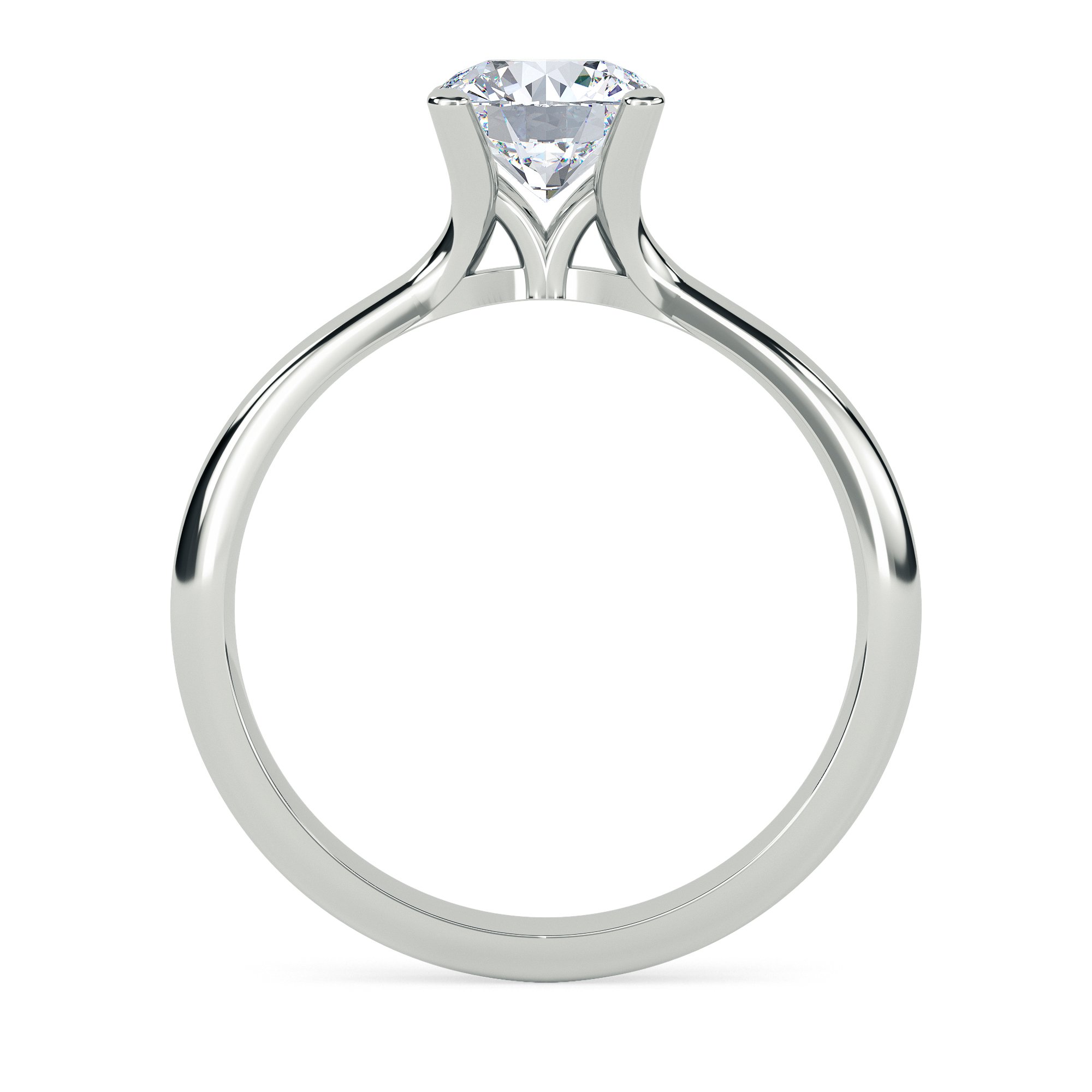
 Twitter
Twitter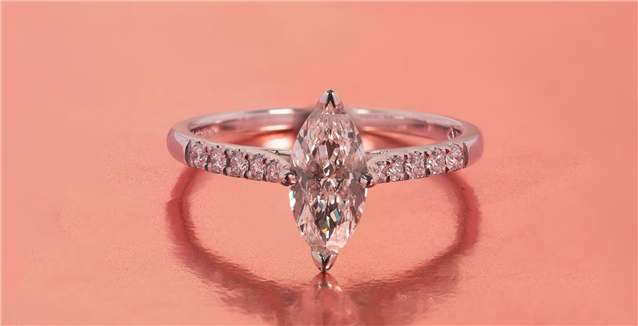
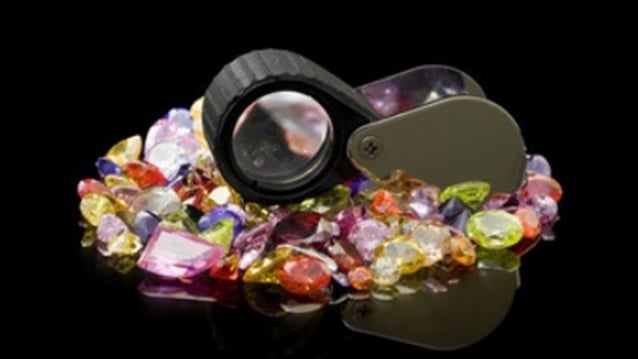 How are Fancy Coloured Diamonds Formed?
How are Fancy Coloured Diamonds Formed?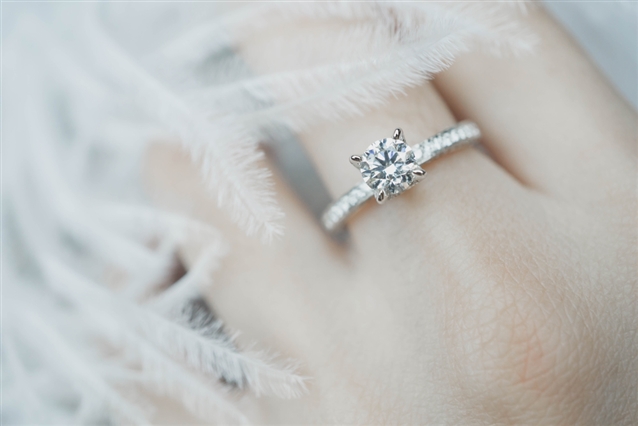 Understanding Diamond Certifications - The History of the GIA Scale
Understanding Diamond Certifications - The History of the GIA Scale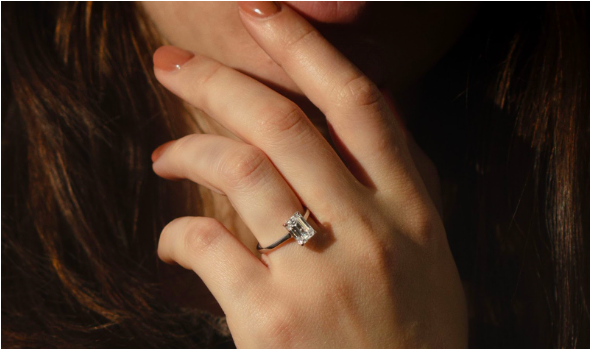 Are Lab Grown Diamonds More Expensive than Natural Diamonds?
Are Lab Grown Diamonds More Expensive than Natural Diamonds?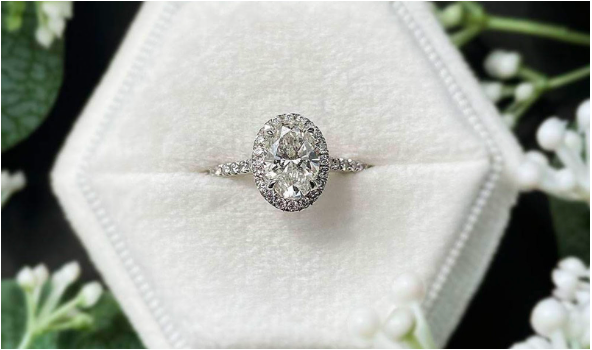 Best Lab Grown Diamond Engagement Rings For Your Valentine's Day Proposal
Best Lab Grown Diamond Engagement Rings For Your Valentine's Day Proposal